Bollywood: How film posters became works of art
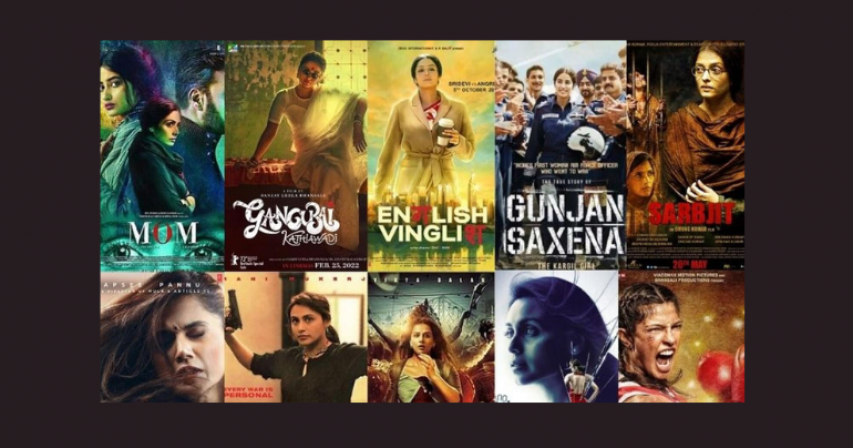
An exhibition in New Delhi showcased posters of classic and contemporary Indian films, focusing on the portrayal of women over decades. Hosted by the Indira Gandhi National Centre for the Arts (IGNCA), the event included a thematic panel discussion on 'Women in Cinema.'
The exhibition featured posters from iconic movies like 'Mother India,' 'Aandhi,' 'Bandini,' and 'Tapasya,' alongside contemporary films such as 'Godmother' and 'NH 10.' These posters, sourced from a personal collection, highlighted the evolving representation of women in Indian cinema.
According to IGNCA officials, the absence of female actors in early Indian cinema was notable. In the pioneering film 'Raja Harishchandra' (1913) by Dadasaheb Phalke, no female roles were present. However, the subsequent film 'Mohini Bhasmasur' marked the debut of Durgabai Kamat, signaling a shift towards female inclusion.
During the nascent years, male actors often portrayed female characters, reflecting societal norms that discouraged women from acting. However, with the advent of the first talkie, 'Alam Ara' (1931), women's participation in cinema gradually increased.
The IGNCA emphasized the significant progress made by women in the film industry over 12 decades. While debates persist about the adequacy and accuracy of their portrayal, women now play integral roles in all aspects of filmmaking, setting new benchmarks for success.
In conjunction with International Women's Day, the IGNCA organized a panel discussion to explore the multifaceted roles, representation, and contributions of women in Indian cinema. The event aimed to address challenges faced by women in the industry, examine the evolving portrayal of female characters, and celebrate their achievements.
Experts, filmmakers, scholars, and enthusiasts convened to discuss the evolution of gender dynamics in Indian cinema. Through insightful dialogue, the panel highlighted the ongoing journey towards gender equality and empowerment within the film industry.
The exhibition and panel discussion served as platforms to recognize and appreciate the evolving narrative of women in Indian cinema, from its early days to contemporary times. As Indian cinema continues to evolve, the representation and empowerment of women remain pivotal themes in storytelling and filmmaking.
Through retrospection and dialogue, the event underscored the importance of acknowledging the past, celebrating progress, and striving towards greater inclusivity and gender parity in cinema.
By showcasing iconic film posters and facilitating discussions, the IGNCA reaffirmed its commitment to promoting cultural dialogue and fostering awareness about the evolving role of women in Indian cinema.
By: Sahiba Suri
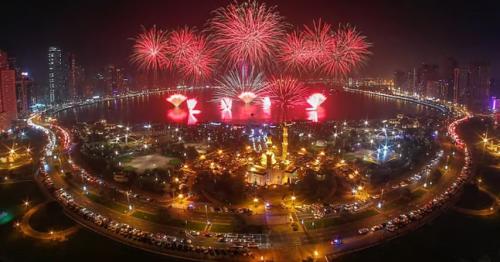
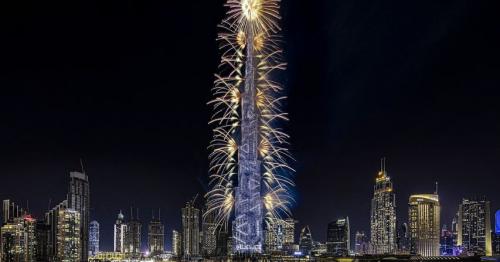
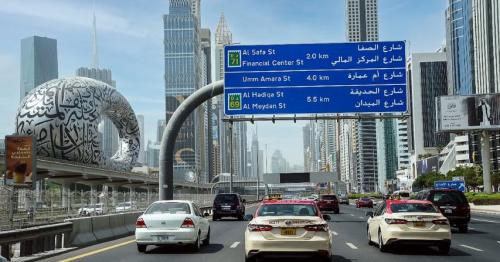
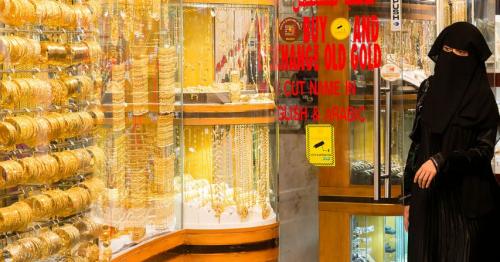

Comments